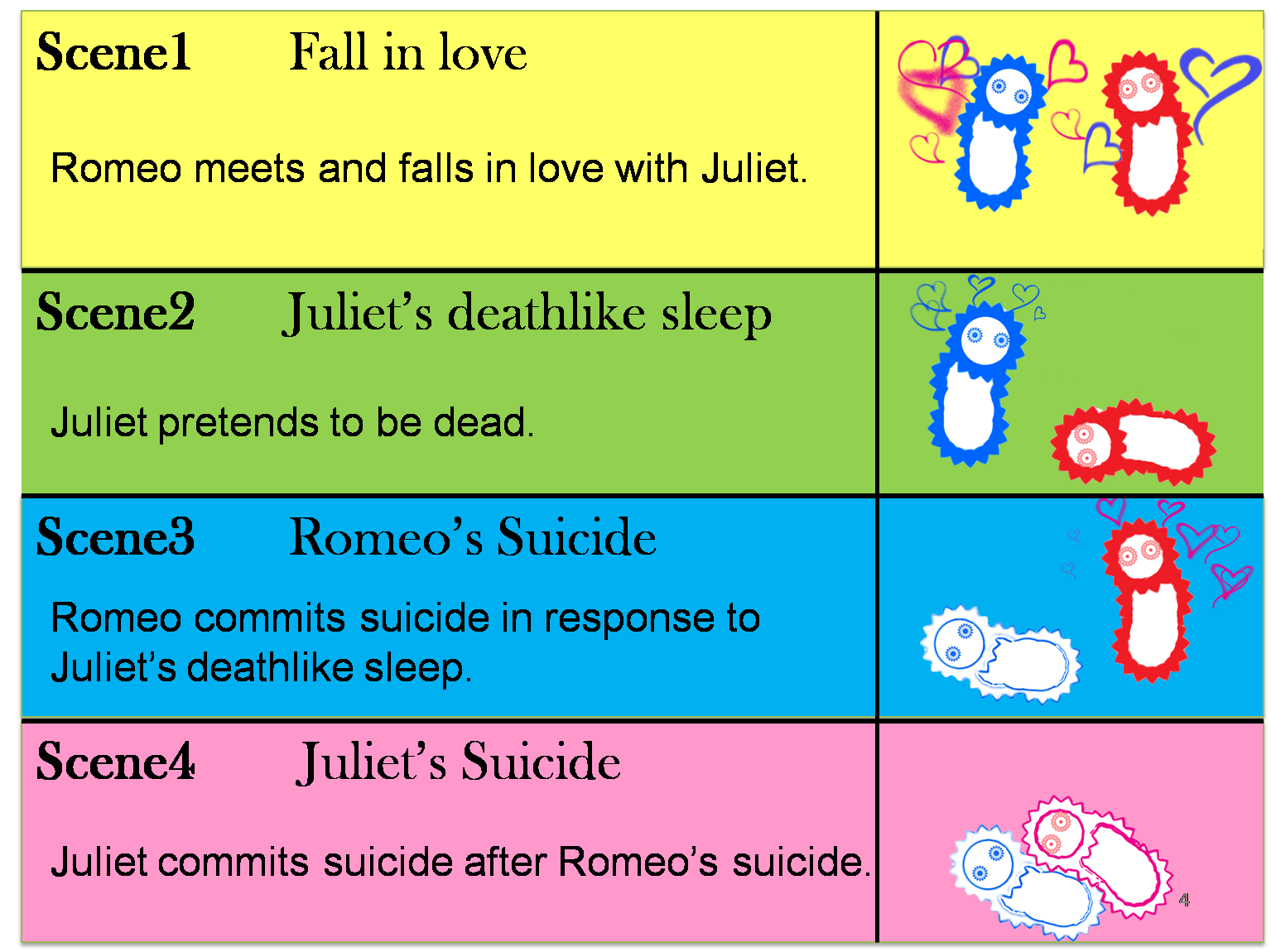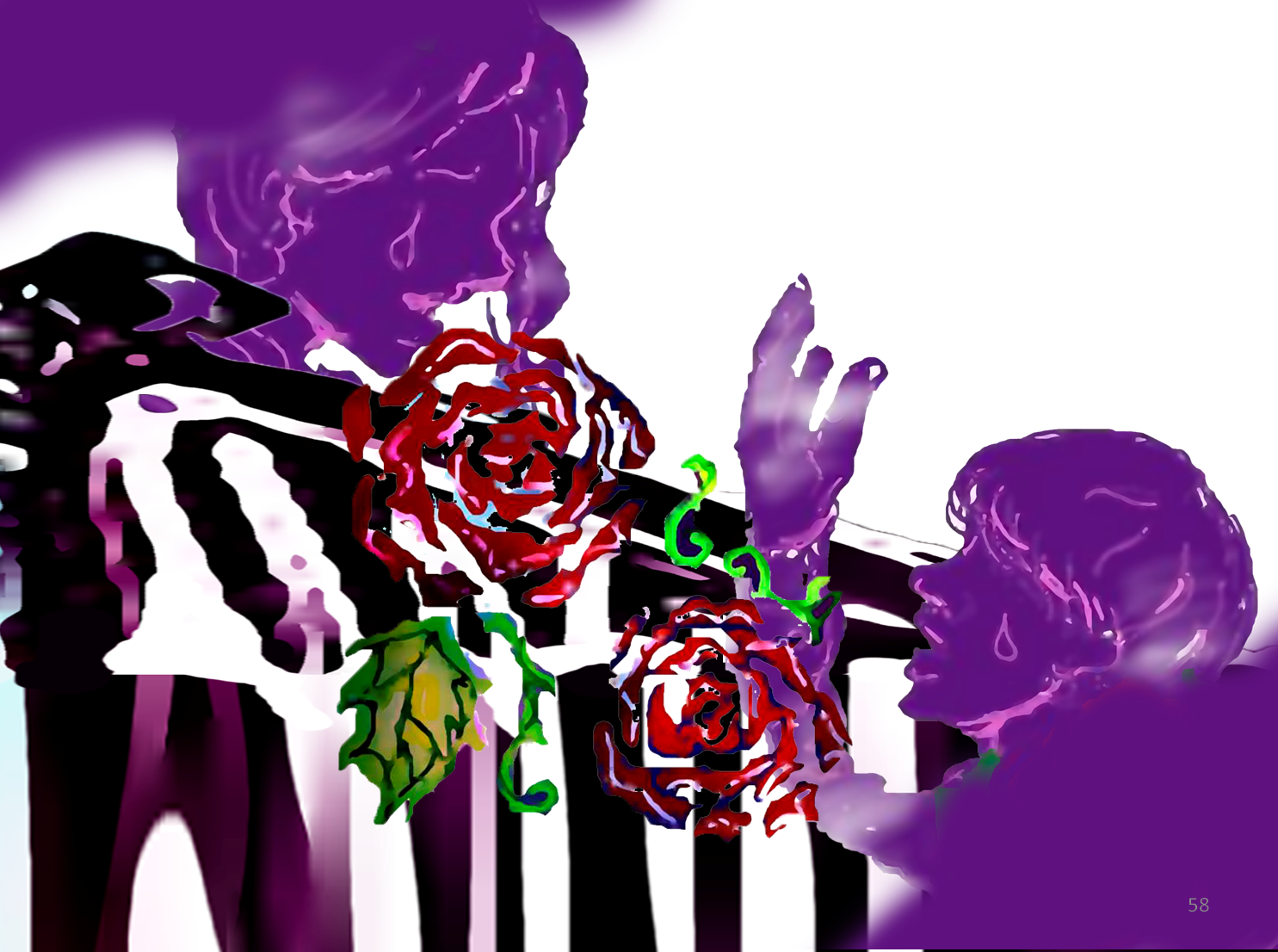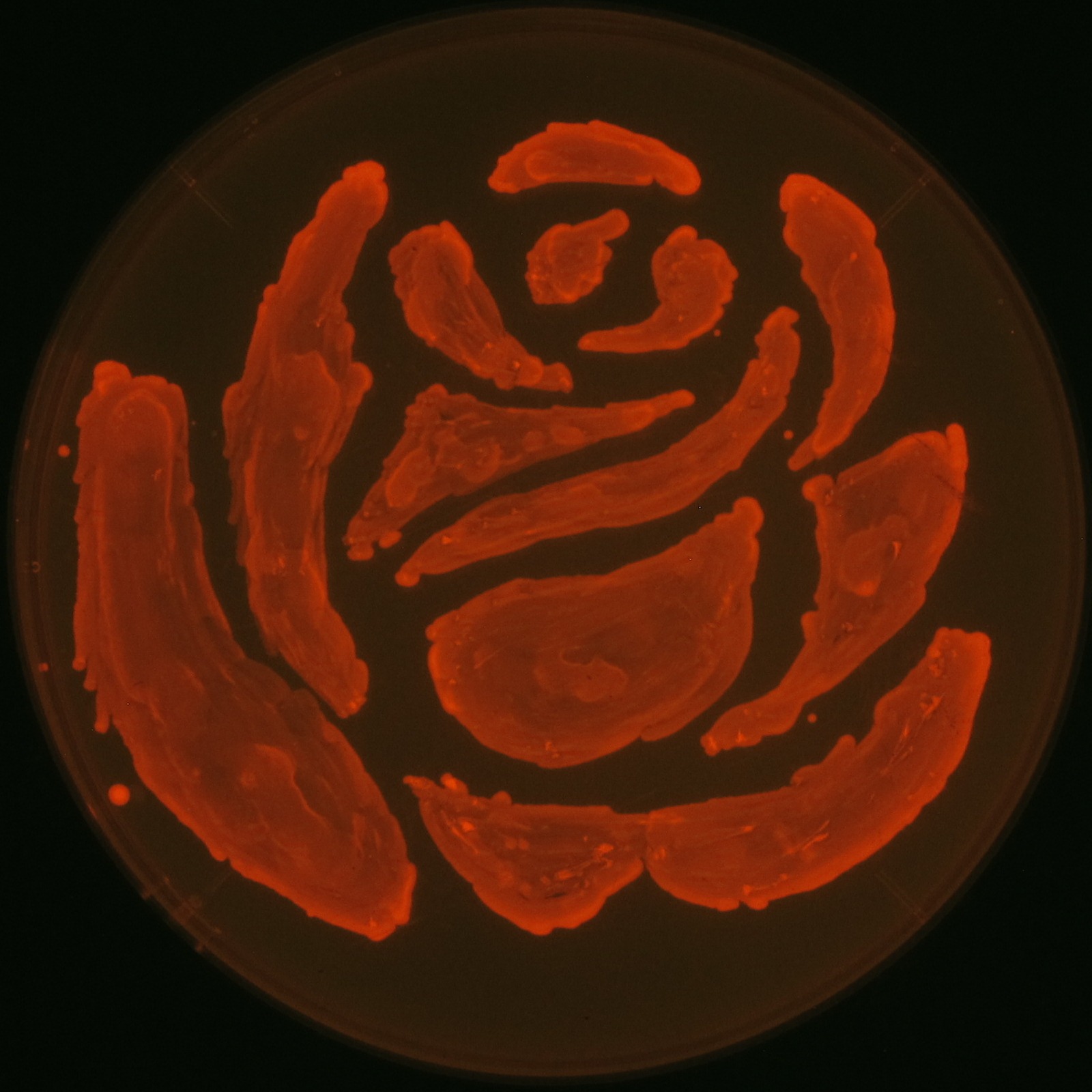Team:Tokyo Tech
From 2012.igem.org
(→Ⅱ-1 Story) |
(→Construction of pha-C1-A-B1 in Biobrick format) |
||
| Line 95: | Line 95: | ||
In our project, we designed rose silhouette to enhance the balcony scene of “Romeo and Juliet” by the synthesis of PHAs. | In our project, we designed rose silhouette to enhance the balcony scene of “Romeo and Juliet” by the synthesis of PHAs. | ||
| - | + | ||
| - | + | ||
| - | + | ||
<br><br><br><br> | <br><br><br><br> | ||
Revision as of 08:40, 23 September 2012
Project over view
A love story contains several processes. Two people fall in love and their love burning wildly. However, no forever exists in the world, in most occasions, love will eventually burn to only a pile of ashes of the last remaining wind drift away. In our project, we have recreated the story of "Romeo & Juliet" by Shakespeare vividly by two kinds of Escherichia coli. We aim to generate a circuit involving regulatory mechanism of positive feedback rather than commonly-used negative feedback to control the fate of E.coli by signaling between two types of E.coli. Besides, Rose represents love. We are the first iGEM group ever to synthesize PHA (a kind of bio-plastics) by using our new biobrick part, representing rose .
Ⅰ cell-cell communication
"Romeo and Juliette" is the dramas by dramatist William Shakespeare of England. The stage is city Verona, Italy in the 14th century. Romeo met Juliette. Two persons fall to love instantly. In this project, we will recreate the love story of "Romeo & Juliette".
Ⅰ-1 story
We make our cute E.coli play “Romeo and Juliet” which is one of Shakespeare’s most famous plays. In this project, we define the signal that E.coli produce as the romantic feeling of Romeo and Juliet. In this project, we will recreate the love story of "Romeo&Juliette", by using "Cell-cell communication"
The story that we reproduce is divided into four scenes.
(Scene 1) Romeo and Juliet encountered and they fell in love with each other.
(Scene 2) However, providence lane person, this period of pure love might never broom since they were born in two feuding families. In order to keep their relationship, Juliet planned to pretend die by drinking the drug that will put her into a death like coma so that when she woke up there will be no obstacle between their great loves.
(Scene 3) However, this new was not conveyed to Romeo in time. Romeo misunderstood Juliet’s death and committed suicide.
(Scene 4) When Juliet woke up, what waiting for her was not a beautiful future but Romeo’s death that is waiting for her. Juliet felt so sad and she followed Romeo by stabbing herself with a dirk.
Desingn of our circuit for project.
| Gene Circuit |
We designed a cell-cell communication system that makes two types of engineered E.coli play “Romeo and Juliet”. We represented the story with concentration of signal molecules 3OC6HSL and 3OC12HSL. 3OC6HSL is synthesized by LuxI enzyme in Romeo cell, and 3OC12HSL is synthesized by LasI enzyme in Juliet cell. First, to represent their burning love, we designed a positive feedback system in which the production of a signal activates the production of the other signal. Second, we applied a 3OC6HSL-dependent band detect system to represent the deathlike coma of Juliet cell by a stop of 3OC12HSL production. When the concentration of 3OC6HSL reaches higher level by the positive feedback, the concentration of TetR is enough level to repress the expression of LasI, and the production of 3OC12HSL is stopped. Third, to realize “Romeo suicide”, we designed 3OC12HSL dependent LacI inverter. In the presence of 3OC12HSL, LacI represses the expression of the suicide gene. When Juliet cell is in deathlike coma, supply of 3OC12HSL is stopped, so the suicide gene is expressed and Romeo cell die. Finally, to realize “Juliet suicide”, we also designed 3OC6HSL dependent LacI inverter. After the death of Romeo cell, supply of 3OC6HSL is stopped, and the expression of LacI which represses the suicide gene is stopped. As a result, suicide gene is expressed and Juliet cell die.
Ⅰ-2 Positive Feedback of cell-cell communication
Other experiments for basis of "Romeo & Juliet"
Ⅰ-3 Modeling
To build our cell-cell communication system, we have constructed and characterized several important parts and modules by experiments. However, it is unconfirmed whether E.coli can play all the drama completely. To confirm the feasibility of our cell-cell communication system, we conducted the following simulation.
Result1: Whether our circuit can reproduce “Romeo and Juliet”
To confirm the feasibility of the cell-cell communication system, we simulated the system under typical experimental conditions. Figure(1) shows the result of the simulation about time-dependent change of the concentrations of the two signals. The blue line in Figure(1) represents the concentration of Romeo’s signals in the culture and the red line represents Juliet’s.
Ⅱ PHAs Production
Ⅱ-1 Story
There is what of the famous scene of "Romeo and Juliette"
we will recreate the rose come out in the lines of the famous drama "Romeo and Juliet" by the synthesis of PHA.
Ⅱ-2 PHAs production
We made a new biobrick part and succeeded synthesizing Polyhydroixyalkanoates(PHAs). In our project, we designed rose silhouette to enhance the balcony scene of “Romeo and Juliet” by the synthesis of PHAs.
Significance in SynBio
cell-cell communication
Ecosystem
Organic synthesis of PHA
Water-repellent
 "
"






